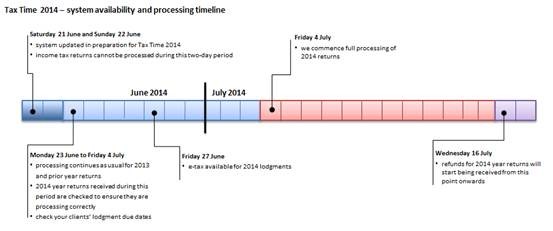Dividend Payment Timeline
Post on: 27 Май, 2015 No Comment

I recently wrote a post explaining why dividend stocks may not be all they are cracked up to be. Unless you are in retirement, non-dividend stocks may be better than ones that pay out a dividend. Reader Michael, who blogs at Student Loan Sherpa. asked an excellent question about trying to game the dividend system.
I have what might be a stupid question regarding dividends. For many, or even some companies, arent dividends paid out at the same time each year? Do you have to hold the stock for a certain period of time to get the dividend? What prevents people from buying a stock just before dividends and selling just after?
That is not a stupid question at all! Many people dont understand the complexity of dividends and how they are paid. Here is a breakdown on how it all works.
Recurring vs. Special Dividends
Recurring Dividends
The dividends that most of us think of are recurring dividends. Those are paid on a regular schedule, and are often increased annually by the company’s board of directors. The board must authorize each dividend payment, but that is usually just a quick vote at a quarterly meeting.
For most companies, dividends are paid quarterly. Each quarter in a calendar year, most companies pay a flat rate. Here is a look back at recent dividends from my most recent stock purchase, The Coca Cola Company (NYSE:KO ). Click on the image to enlarge the chart below.
As you can see, the board authorized 19¢ each quarter in 2008, 21¢ in 2009, 22¢ in 2010, 24¢ in 2011, 26¢ in 2012, and 28¢ so far in 2013. The dividend rate is generally expressed as a percentage using annualized numbers. Currently, assuming 28¢ per quarter, KO is paying $1.12 per year. At $40.46 (the price when this was written) per share, the annual dividend is 2.77%.
Annual dividends are usually taken into account when investors by the stock. The value the dividends generate is built into the stock price using one of several valuation models, most commonly the dividend discount model .
Special Dividends
Special dividends are non-regular cash payments to investors. One well known example of a special dividend took place in 2004 when Microsoft issued a one-time, $3 dividend to shareholders. The company had built up large cash reserves of $50 billion and paid out $32 billion to shareholders.
These types of dividends cannot be counted on and are only built into the price after they are approved and announced by the board of directors.
Stock Dividends
Stock dividends are not very common, but do take place on occasion. In the instance of a stock dividend, the company pays out additional shares of stock to shareholders instead of paying cash.
This can dilute the per-share value of the stock, though they generally preserve the value of the current owners’ holding because the stock dividend is paid evenly among all investors based on their stock ownership.
Declaration Date
The declaration date is the date the board of directors declares a dividend. On a declaration date, a stock may slightly increase. If the dividend is an increase over the prior year, the stock will generally rise to incorporate the new payment rate into the stock price.
On the declaration date, the company will also announce the record date and the payment date in addition to the amount to be paid.
Ex-Dividend Date
The ex-dividend date is the first day a new shareholder would buy the stock and not receive a dividend due to the time it takes for a stock sale to complete and transfer. The ex-dividend date is generally 2 days prior to the record date for U.S. traded stocks.
The prior date is known as the in-dividend date. That is the last day you can buy a stock to be paid the dividend.
Most stocks rise between the declaration date and the in-dividend date and drop on the ex-dividend date. The stocks usually decline by the amount of the dividend, as that pending cash transaction is no longer priced into the stock’s share value.
Shareholder of Record Date
The record date, or shareholder of record date, is the day the company makes a list of who to pay. If you own the stock on the record date, you will get the dividend. Even if you sell the stock before the payment date, you still get paid.
Shareholders don’t have to do anything special to get paid. It is automatically taken care of by the company and brokerage to ensure everyone is paid as expected.
Payment Date
On the payment day, all shareholders of record from the record date are paid. The payments may be by check or electronic deposit depending on your account setup. If you are re-investing dividends, either through a DRIP or your brokerage. the buy transaction generally occurs on this day at the closing market share price.
Questions?
I hope I answered all of your questions Michael. If not, or if anyone else has any questions about dividends, please let me know in the comments.














